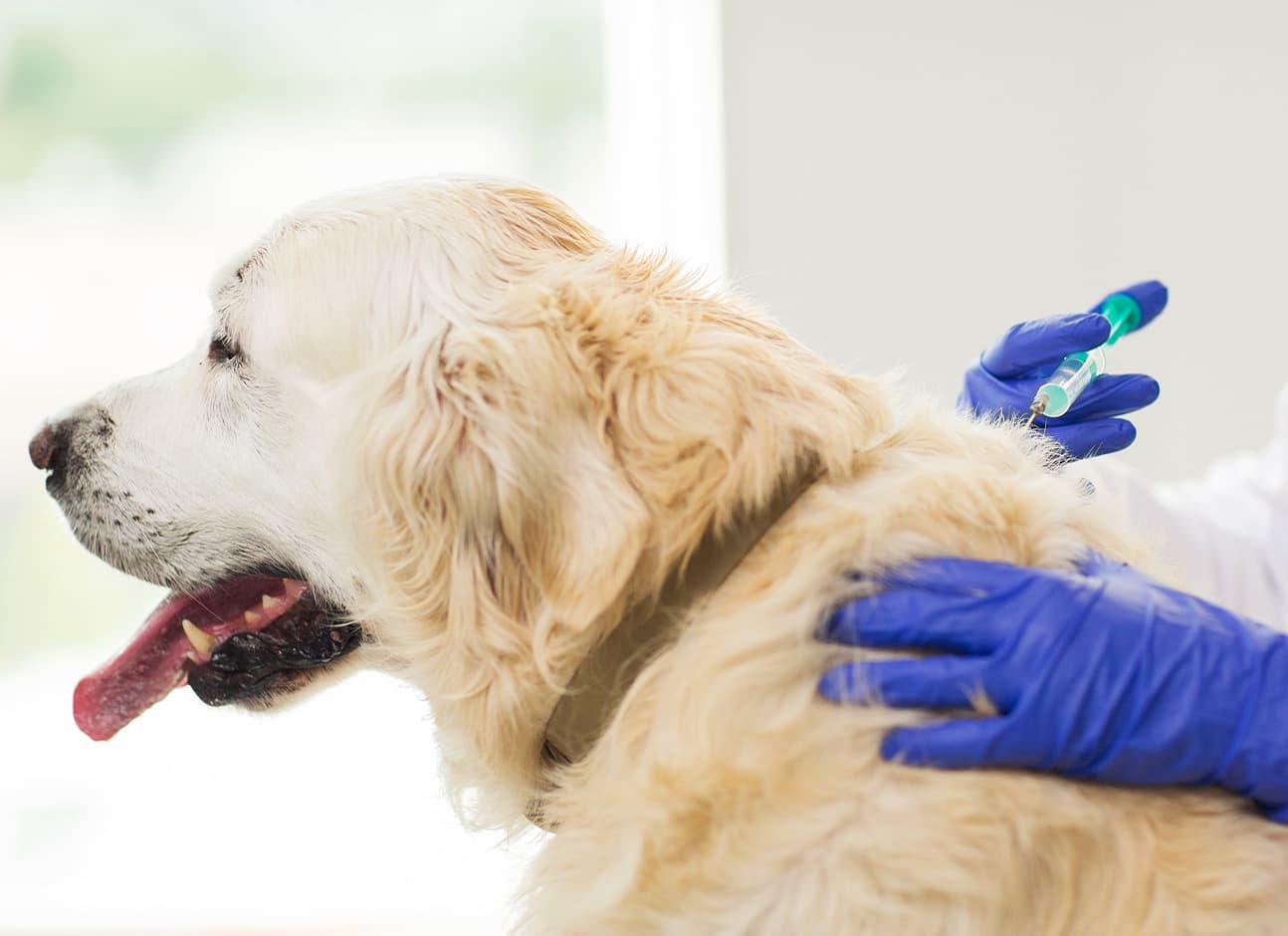Much like cats, our canine friends are also not spared from diabetes mellitus. Even though diabetes can occur in dogs of all ages, they are usually diagnosed when they are about 7-10 years old. Female dogs are twice as likely as male dogs to develop diabetes. Some dog breeds are also at a higher risk of developing diabetes than others.
You must be careful to look for possible signs of diabetes in your pet. Weight loss, reduced appetite, increased water consumption and urination are some of the initial symptoms. In advanced cases of diabetes, your dog will likely experience a loss of appetite, tiredness, vomiting, and despondency. Diabetes becomes progressively more problematic as they eventually give rise to other health problems like an enlarged liver, infections of the urinary tract, seizures, renal failure, cataracts (which can result in blindness), and Ketoacidosis (potentially dangerous condition).
Compared to cats, it is easier to diagnose diabetes in dogs. Your veterinarian can conduct simple tests to check for excess sugar-levels (glucose) in the blood and urine. After diagnosis has been confirmed, the veterinarian may administer an insulin shot to your dog. Since insulin cannot be given orally, they must be injected into the body. Your veterinarian can teach you how to administer shots so that you may inject your pet on your own whenever appropriate.
Although a chronic, incurable disease, diabetes in dogs can be effectively managed with the right veterinary guidance. In addition to insulin shots, a good diet and exercise can help you control diabetes in your dog. A diet rich in fiber, protein, and complex carbohydrates is good, although your veterinarian will recommend the appropriate diet for your pet. It is essential that your pet exercises adequately and regularly to avoid any instances of sudden drops in blood sugar levels.
While having a diabetic dog can be a worrisome prospect, with your help and the appropriate veterinary care, your pet can live a good and happy life with you.
